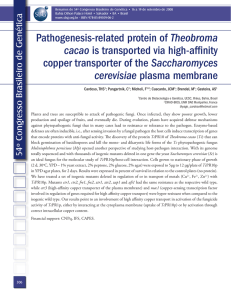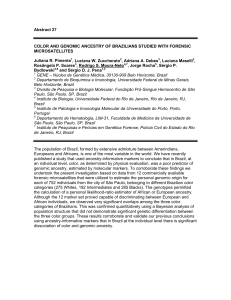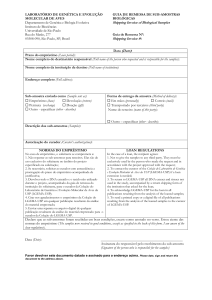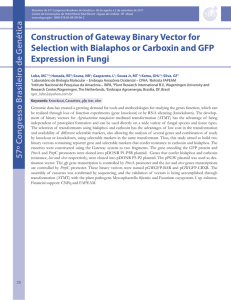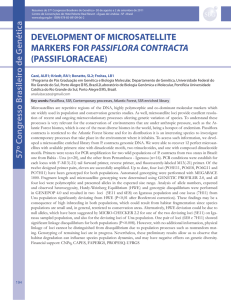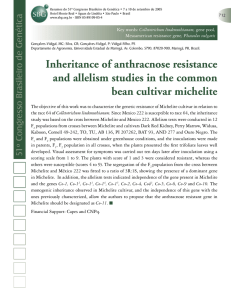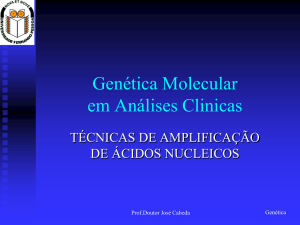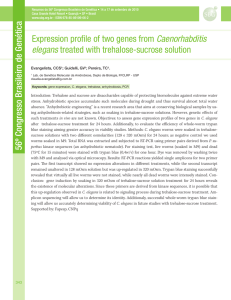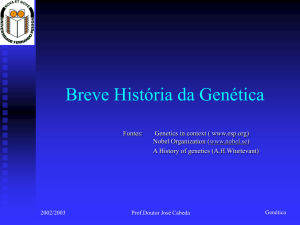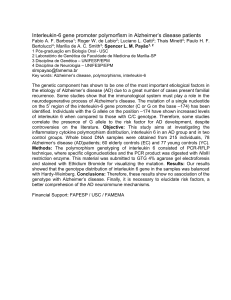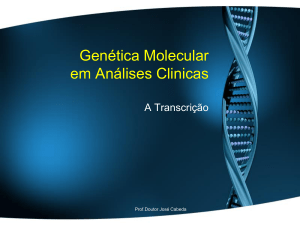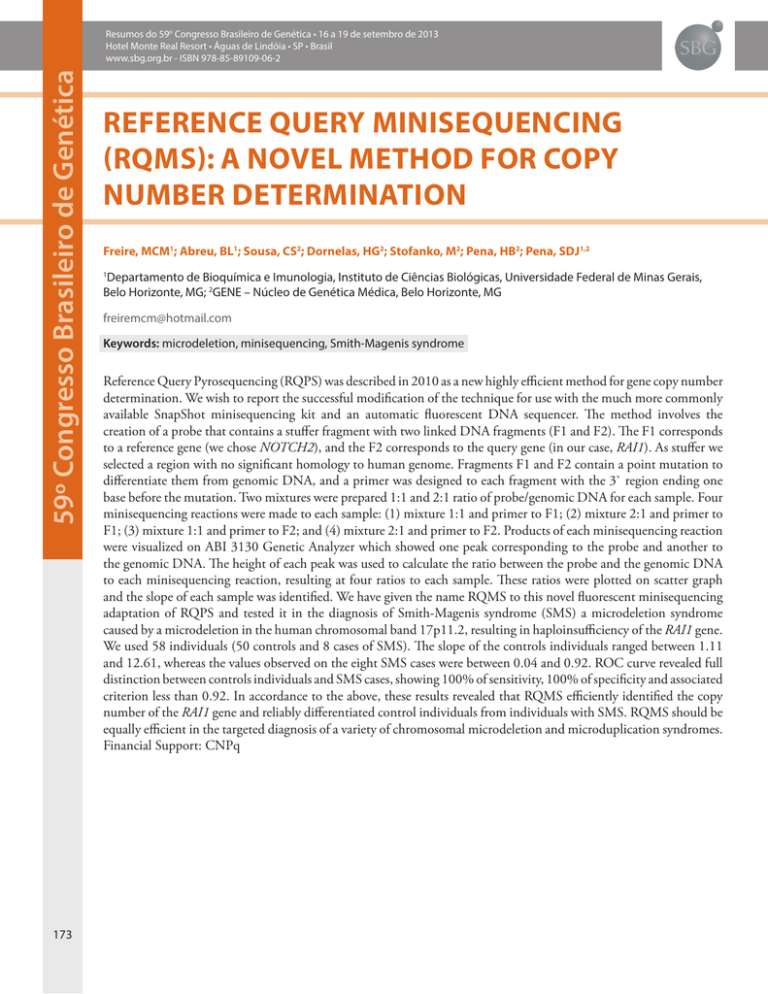
59º Congresso Brasileiro de Genética
Resumos do 59o Congresso Brasileiro de Genética • 16 a 19 de setembro de 2013
Hotel Monte Real Resort • Águas de Lindóia • SP • Brasil
www.sbg.org.br - ISBN 978-85-89109-06-2
173
REFERENCE QUERY MINISEQUENCING
(RQMS): A NOVEL METHOD FOR COPY
NUMBER DETERMINATION
Freire, MCM1; Abreu, BL1; Sousa, CS2; Dornelas, HG2; Stofanko, M2; Pena, HB2; Pena, SDJ1,2
Departamento de Bioquímica e Imunologia, Instituto de Ciências Biológicas, Universidade Federal de Minas Gerais,
Belo Horizonte, MG; 2GENE – Núcleo de Genética Médica, Belo Horizonte, MG
1
[email protected]
Keywords: microdeletion, minisequencing, Smith-Magenis syndrome
Reference Query Pyrosequencing (RQPS) was described in 2010 as a new highly efficient method for gene copy number
determination. We wish to report the successful modification of the technique for use with the much more commonly
available SnapShot minisequencing kit and an automatic fluorescent DNA sequencer. The method involves the
creation of a probe that contains a stuffer fragment with two linked DNA fragments (F1 and F2). The F1 corresponds
to a reference gene (we chose NOTCH2), and the F2 corresponds to the query gene (in our case, RAI1). As stuffer we
selected a region with no significant homology to human genome. Fragments F1 and F2 contain a point mutation to
differentiate them from genomic DNA, and a primer was designed to each fragment with the 3` region ending one
base before the mutation. Two mixtures were prepared 1:1 and 2:1 ratio of probe/genomic DNA for each sample. Four
minisequencing reactions were made to each sample: (1) mixture 1:1 and primer to F1; (2) mixture 2:1 and primer to
F1; (3) mixture 1:1 and primer to F2; and (4) mixture 2:1 and primer to F2. Products of each minisequencing reaction
were visualized on ABI 3130 Genetic Analyzer which showed one peak corresponding to the probe and another to
the genomic DNA. The height of each peak was used to calculate the ratio between the probe and the genomic DNA
to each minisequencing reaction, resulting at four ratios to each sample. These ratios were plotted on scatter graph
and the slope of each sample was identified. We have given the name RQMS to this novel fluorescent minisequencing
adaptation of RQPS and tested it in the diagnosis of Smith-Magenis syndrome (SMS) a microdeletion syndrome
caused by a microdeletion in the human chromosomal band 17p11.2, resulting in haploinsufficiency of the RAI1 gene.
We used 58 individuals (50 controls and 8 cases of SMS). The slope of the controls individuals ranged between 1.11
and 12.61, whereas the values observed on the eight SMS cases were between 0.04 and 0.92. ROC curve revealed full
distinction between controls individuals and SMS cases, showing 100% of sensitivity, 100% of specificity and associated
criterion less than 0.92. In accordance to the above, these results revealed that RQMS efficiently identified the copy
number of the RAI1 gene and reliably differentiated control individuals from individuals with SMS. RQMS should be
equally efficient in the targeted diagnosis of a variety of chromosomal microdeletion and microduplication syndromes.
Financial Support: CNPq

